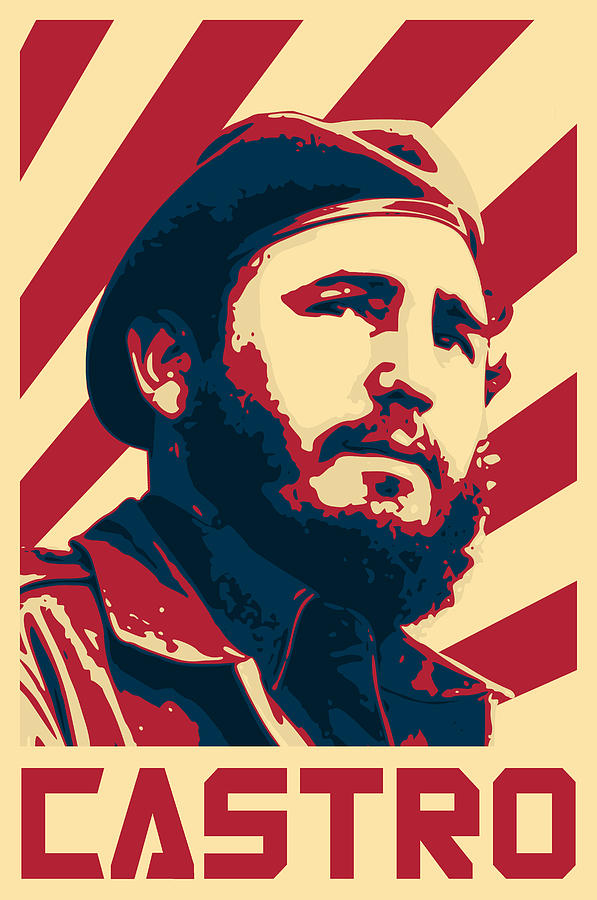Is it the beginning of the end of socialism for them?
By definition, yes
Is it the beginning of the end of socialism for them?
No
Eh, you could quantify how socialist or capitalist or communist an economy is, and maybe the socialism index you would end up with would be a useful tool for analysis, maybe not. But in the end, the map is not the territory, and socialism is the real movement and not some ideal. You can only quantify things related to it but not socialism itself.
In my opinion, a country that has capitalism under a communist party for a hundred years and then achieves communism is "more socialist" than a country that has a hundred years of centrally planned economy and then collapses.
It’s the beginning of socialism, not the end.
From Freidrich Engles’ Principles of Communism:
Q: Will it be possible for private property to be abolished at one stroke?
A: No, no more than existing forces of production can at one stroke be multiplied to the extent necessary for the creation of a communal society. In all probability, the proletarian revolution will transform existing society gradually and will be able to abolish private property only when the means of production are available in sufficient quantity.
And then the next question, though I am editing the answer some:
Q: What will be the course of this revolution?
A: The main measures, emerging as the necessary result of existing relations, are the following:
(i) Limitation of private property through progressive taxation, heavy inheritance taxes, abolition of inheritance through collateral lines (brothers, nephews, etc.) forced loans, etc.
(ii) Gradual expropriation of landowners, industrialists, railroad magnates and shipowners, partly through competition by state industry, partly directly through compensation in the form of bonds.
(iii) Confiscation of the possessions of all emigrants and rebels against the majority of the people.
(iv) Organization of labor or employment of proletarians on publicly owned land, in factories and workshops, with competition among the workers being abolished and with the factory owners, in so far as they still exist, being obliged to pay the same high wages as those paid by the state.
(v) An equal obligation on all members of society to work until such time as private property has been completely abolished. Formation of industrial armies, especially for agriculture.
(vi) Centralization of money and credit in the hands of the state through a national bank with state capital, and the suppression of all private banks and bankers.
(vii) Increase in the number of national factories, workshops, railroads, ships; bringing new lands into cultivation and improvement of land already under cultivation – all in proportion to the growth of the capital and labor force at the disposal of the nation.
(viii) Education of all children, from the moment they can leave their mother’s care, in national establishments at national cost. Education and production together.
(ix) Construction, on public lands, of great palaces as communal dwellings for associated groups of citizens engaged in both industry and agriculture and combining in their way of life the advantages of urban and rural conditions while avoiding the one-sidedness and drawbacks of each.
(x) Destruction of all unhealthy and jerry-built dwellings in urban districts.
(xi) Equal inheritance rights for children born in and out of wedlock.
(xii) Concentration of all means of transportation in the hands of the nation.
It is impossible, of course, to carry out all these measures at once. But one will always bring others in its wake.
The key takeaway here is Engels thought communism was only possible at certain stage of economic development. “Socialism” is the bridge between capitalism and communism. Further, the specific conditions of a place determine precisely what that “bridge” looks like. China and Cuba, both being very poor countries when their revolutions occurred, needed (and still need) a significant amount of development, as communism relies on realizing the full potential of our productive capacities. Markets within a socialist country can better provide this in a world currently dominated by capitalism.
But I recommend reading all of Principles of Communism, it’s a great little read.
How dare the baby communists have questions about this brand new conceptual framework for civilization they've just discovered
sorry sweaty, i was born with a fully developed revolutionary class conciseness
I'm the One True Leftist on Hexbear. Don't pay attention to everyone else: they're just wayward libs lost in the woods.
Stick with me, kid. I have such shitposts to show you.
Their position is almost similar to the social democracies. Many Nordic countries were under the threat of revolution during the time of the USSR, so the ruling class(es) set up concessions to appease and prevent a full-out revolution by the working classes.
Cuba and Vietnam are still being run by people's parties, but they are appeasing the national bourgeoisie and international bourgeoisie for economic development in productive forces, consumer goods, not being harassed by neoliberalism as much, etc. I am under the impression that most of the "capitalism" allowed is petit bourgeois style -- there is capital owned and worked by the same people. The important thing, however, is that the government is actually democratic centralist or whatever...








